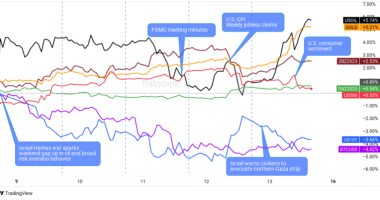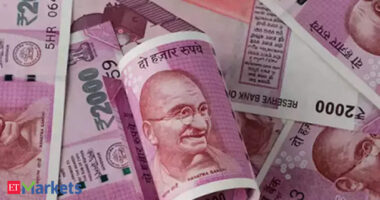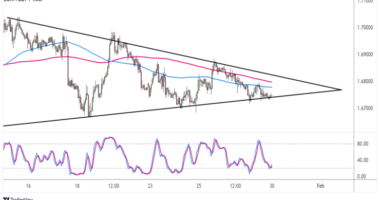The spotlight is on the RBNZ this week, as New Zealand’s central bank is widely expected to hike rates for the fourth time in a row.
But before you buy the Kiwi like there’s no tomorrow, here are a few points you need to know first:
What happened last time?
In their February decision, the RBNZ lifted interest rates from 0.75% to 1.00% as expected. To top it off, policymakers also kicked off the reduction of their Large Scale Asset Purchase (LSAP) program to further withdraw stimulus.
Central bank officials noted that it was high time to step up their tightening game in order to maintain price stability and sustain labor market gains.
Their official statement also indicated that the New Zealand economy continues to perform above its potential, citing that “further removal of monetary policy stimulus is expected over time given the medium-term outlook for growth and employment, and the upside risks to inflation.”
How did the Kiwi react?
Not surprisingly, the Kiwi popped higher during the actual announcement, which turned out to be slightly more hawkish than expected.
As you can see from the overlay of 15-min charts above, the Kiwi was moving sideways against its peers prior to the decision before rallying across the board. The currency was able to hold on to its gains (and then some), particularly against the dollar, yen, euro and pound.
What’s expected this time?
Another 0.25% increase in borrowing costs is being priced in for their upcoming decision, bringing RBNZ interest rates to pre-pandemic levels.
Keep in mind that their earlier statement took place prior to Russia’s attack on Ukraine, so it’s safe to say that the global economic situation has shifted significantly since then.
For one, price levels skyrocketed as oil prices surged on sanctions and an energy crunch. This likely spilled over to higher consumer inflation, which might up the pressure on the RBNZ to tighten more aggressively.
With that, some are even betting on a 0.50% hike this month or at least stronger signals that another hike is in the cards for their next meeting.
In any case, keep an eye out for extra volatility during the announcement because things could get cuh-razy!
If you’re not comfortable taking trades or keeping positions open when big price spikes occur, there’s no shame in sitting on the sidelines and watching the event unfold.
This post first appeared on babypips.com










